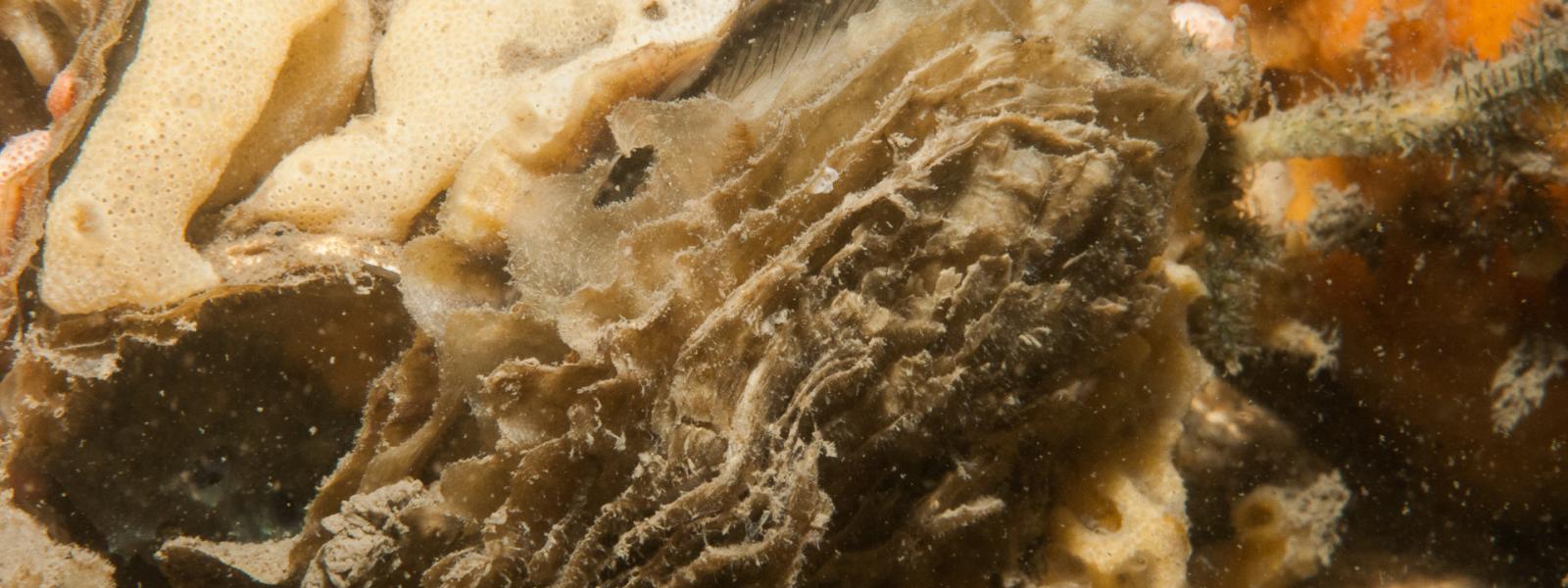Where did Port Phillip Bay's shellfish reefs go?

Shellfish reefs, made up of oysters, mussels and other shellfish, were a feature of Port Phillip Bay, providing a rich source of food for the bay’s traditional owners. Not long after Europeans arrived an appetite for oysters saw the reefs disappear, robbing the bay of these complex living structures that create a healthy habitat for marine life and an architecture under the water that reduces coastal erosion and improves water clarity. With some help, the reefs are on their way back.
In 2014, The Nature Conservancy and its partners initiated Australia’s first shellfish reef restoration project in Corio Bay, a part of Port Phillip Bay near Geelong, and at Hobsons Bay near Altona.
The project recognises that shellfish reefs are important, supporting healthy fish populations, aiding biodiversity, providing water filtration and helping protect the shoreline from erosion.
Key facts:
- Port Phillip Bay has lost over 95% of native flat oyster and blue mussel reefs since European settlement.
- Over 150 shellfish reefs across Australia, including Port Phillip Bay, are now ‘functionally extinct’ habitats with only a handful of reefs still in existence.
- Some of the reefs were removed and ground up to provide a base for new roads.
- Oysters are nature’s water filters, filtering at a rate of up to four to five litres an hour.
- In 1947, the Pacific oyster was introduced to support the Tasmanian industry, because of the sharp decline of the native flat oyster due to over-consumption by European colonists.
Conservationists and oyster growers have partnered to support the revival of the native flat oyster industry and to restore natural reefs. The collaboration has many benefits including a reduction in the cost of harvesting baby oysters and a sharing of the cost of research into habitat preservation and the prevention of disease.
Establishing new reefs around aquaculture zones can also reduce negative impacts to other nearby habitats while tackling harmful levels of nitrogen.
Involving industry in shellfish and oyster restoration can enable the aquaculture industry’s engagement with local communities, working together to improve the marine environment while also deliver positive social outcomes.
Every $1 million spent rebuilding native shellfish reefs has the potential to create full-time and part-time jobs, while also generating new jobs in marine engineering, construction, science, recreational fishing tourism and ecotourism.
For further information visit: http://www.shellfishrestoration.org.au